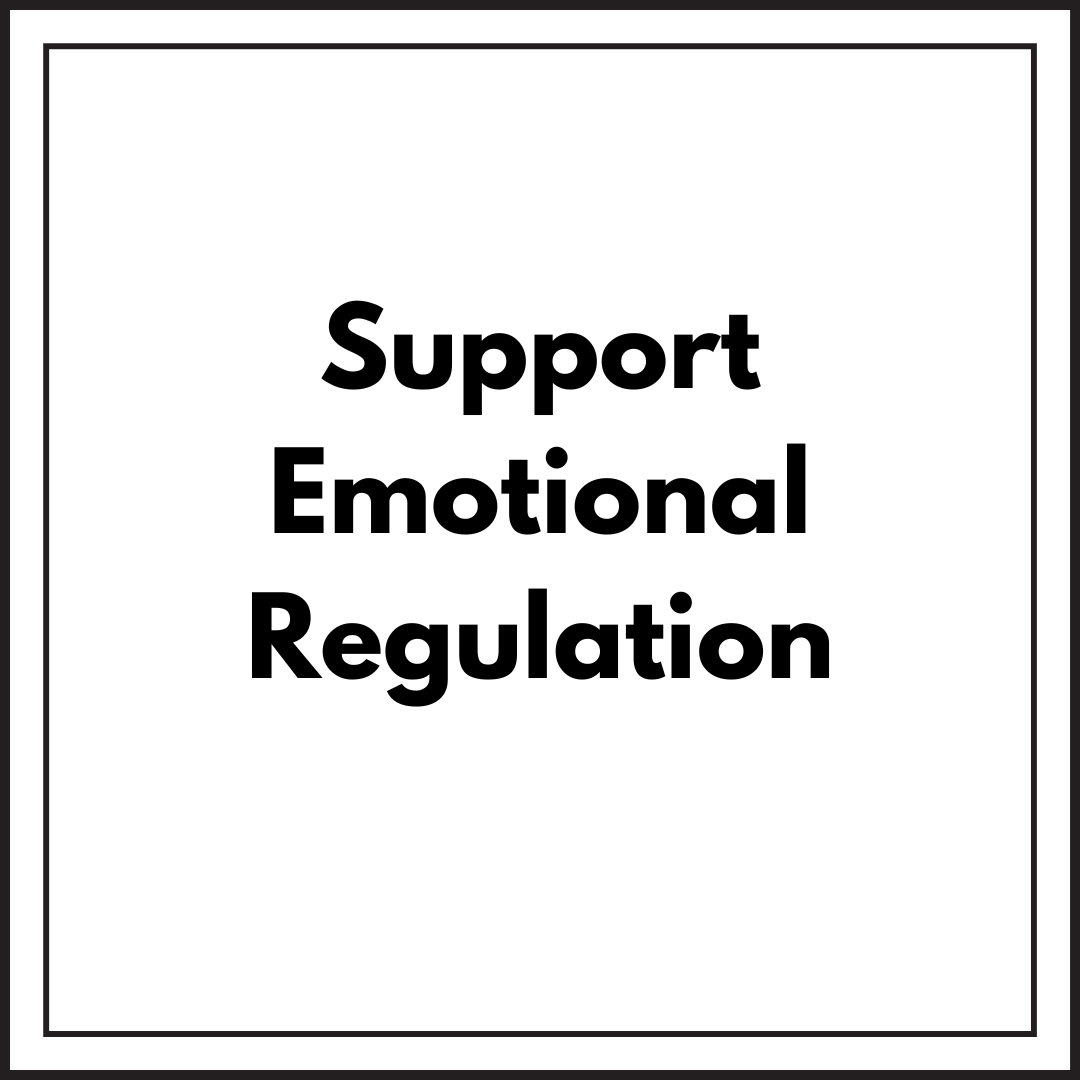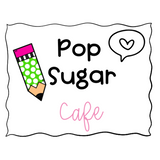
· By Elizabeth Muncey
5 Ways to Help Kids Stay Calm During the Holidays
🎄 Simple routines and sensory-friendly strategies for peaceful, joyful celebrations.
🌿 Introduction
The holidays bring sparkle, excitement, and change — but for kids with ADHD, autism, or sensory sensitivities, all that unpredictability can feel like too much.
Between bright lights, travel, and new routines, even small changes can lead to big emotions. The good news? You can protect the joy and reduce the chaos with a few calm, structured strategies.
In this post, you’ll learn five simple ways to help kids stay calm, confident, and connected during the holiday season — using easy tools like visual schedules, calm choice boards, and sensory-friendly spaces.
SEO Keywords: calm holiday tips, sensory-friendly holidays, ADHD kids routines, autism holiday stress, emotional regulation for kids, holiday calm system
🎁 1. Keep Predictability in the Picture
When routines disappear, anxiety rises. Keeping even small parts of your daily routine consistent — like morning breakfast time or evening wind-down — helps kids feel safe.
💡 Try: Post a visual holiday schedule on the fridge or in your classroom so kids know what to expect. Seeing the plan calms the brain and reduces “what’s next?” worries.
🧠 2. Use Calm Choice Boards for Regulation
Overwhelm happens fast during busy holidays. A Calm Choice Board gives kids a visual menu of calm-down options when they start feeling anxious, tired, or overstimulated.
Examples:
🪴 Take 3 deep breaths
📚 Read quietly
🎧 Listen to calming music
🧘 Stretch or cuddle a favorite toy
💡 Tip: Keep the board portable — tape it to the wall, or laminate a small version for travel days.
🌟 3. Create a Calm Corner Anywhere
Whether you’re home, at school, or visiting family, having a small calm space gives kids somewhere safe to regroup.
Include:
-
Soft textures (blanket, pillow, stuffed toy)
-
Headphones or fidget tools
-
A “Calm Space” sign or visual cue
💡 Tip: Teach kids to use this space proactively, not as a punishment.
💛 4. Watch for Sensory Overload Before It Peaks
Crowded stores, flashing lights, and new smells can all trigger overwhelm. Notice early cues like pacing, covering ears, or zoning out.
💡 Tip: Offer small sensory breaks before meltdowns happen — a walk outside, quiet music, or a calm “First/Then” plan like:
“First we visit Grandma, then we have quiet playtime.”
🕯️ 5. Model Calm Yourself
Children learn regulation by watching us. When things get hectic, model the calm you want them to see.
💬 Try saying:
“I’m feeling rushed, so I’m taking a deep breath before we go.”
It normalizes emotion awareness — and gives kids permission to pause before reacting.
✨ Wrap-Up: Calm Makes the Holidays Meaningful
When kids know what to expect, have visual supports, and see calm modeled, they can truly enjoy the holidays — not just get through them.
Remember: Calm doesn’t mean quiet. Calm means safe, understood, and connected.
🌿 Start your calm holiday journey today — download your free Holiday Calm System Starter Kit and explore the Limited Edition 3-in-1 bundle for even more visuals, calm routines, and family-friendly tools.





